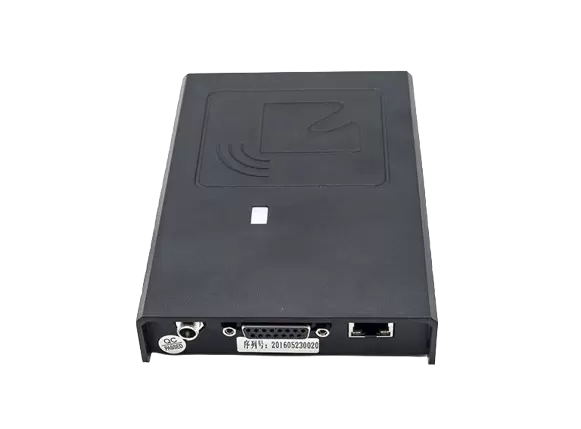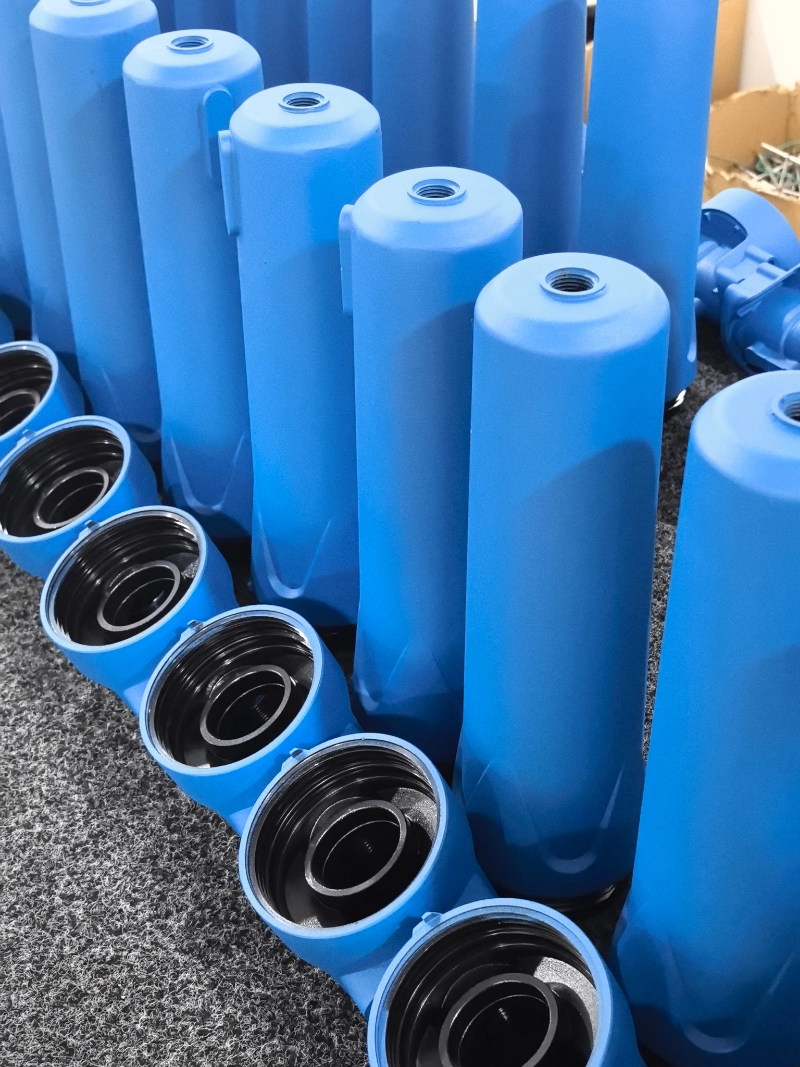Testing electronic circuits is a fundamental skill for engineers, technicians, and hobbyists alike. One of the most versatile tools for this task is the multimeter, a device that can measure voltage, current, and resistance. However, effectively using a multimeter to test electronic circuits requires a deeper understanding of both the tool and the circuits themselves. In this article, we will explore advanced techniques for testing electronic circuits with a multimeter, ensuring that you can diagnose issues accurately and efficiently.
Understanding the Multimeter
Before diving into testing techniques, it's essential to understand the multimeter's functions. A multimeter typically has three primary modes:
- Voltage Measurement (V): This mode measures the potential difference between two points in a circuit. It can be set to measure either AC (Alternating Current) or DC (Direct Current) voltage.
- Current Measurement (A): This mode measures the flow of electric charge in amperes. It can also be set for AC or DC, but it requires the multimeter to be connected in series with the circuit.
- Resistance Measurement (Ω): This mode measures the opposition to current flow in a circuit component. It is crucial for testing resistors, diodes, and other passive components.
Preparing for Testing
Before you begin testing, ensure that you have the following:
- A reliable multimeter with a fresh battery.
- A clear understanding of the circuit you are testing, including its schematic and expected values.
- Safety precautions in place, especially when working with high voltages or currents.
Step-by-Step Testing Procedures
- Testing Voltage
To test voltage in a circuit:
- Set the Multimeter: Turn the dial to the appropriate voltage setting (AC or DC).
- Connect Probes: Insert the black probe into the COM port and the red probe into the VΩmA port.
- Measure Voltage: Place the black probe on the ground or negative terminal and the red probe on the point where you want to measure voltage. Read the value on the display.
Tip: Always start with the highest voltage range to prevent damaging the multimeter. If the reading is lower than the maximum range, switch to a lower range for a more accurate measurement.
- Testing Current
To measure current:
- Set the Multimeter: Switch the dial to the current measurement mode (A).
- Reconfigure Probes: If necessary, move the red probe to the appropriate current port (often labeled as 10A for high current).
- Break the Circuit: To measure current, you must connect the multimeter in series. This means you will need to open the circuit and connect the multimeter probes at the break.
- Read the Current: Observe the reading on the display.
Caution: Ensure that the multimeter can handle the expected current to avoid blowing a fuse or damaging the device.
- Testing Resistance
To test resistance:
- Set the Multimeter: Turn the dial to the resistance mode (Ω).
- Connect Probes: Use the same probe configuration as for voltage.
- Measure Resistance: Touch the probes to either side of the component you wish to test. The reading will indicate the resistance value.
Note: Ensure the circuit is powered off before measuring resistance to avoid inaccurate readings or damage to the multimeter.
Advanced Techniques
- Diode Testing
Many multimeters have a diode testing mode, which allows you to check the functionality of diodes:
- Set to Diode Mode: Switch the multimeter to the diode setting.
- Connect Probes: Place the black probe on the cathode (negative side) and the red probe on the anode (positive side).
- Read the Value: A good diode will show a forward voltage drop (typically between 0.6V and 0.7V for silicon diodes). Reverse the probes; a good diode should show no reading (infinity).
- Continuity Testing
Continuity testing is essential for checking connections in a circuit:
- Set to Continuity Mode: This mode often emits a beep if there is a complete path.
- Connect Probes: Touch the probes to the two points you want to test.
- Listen for Beep: A beep indicates continuity; no sound means there is an open circuit.
Troubleshooting Tips
- Check the Multimeter: If readings seem off, verify that the multimeter is functioning correctly by testing known values.
- Inspect Connections: Ensure that all connections are secure and that probes are in good condition.
- Refer to the Circuit Diagram: Understanding the circuit layout can help identify potential problem areas.
Conclusion
Testing electronic circuits with a multimeter is an invaluable skill that combines knowledge of both the tool and the circuit itself. By mastering voltage, current, and resistance measurements, along with advanced techniques like diode and continuity testing, you can efficiently diagnose and troubleshoot a wide range of electronic issues. Always prioritize safety and accuracy, and with practice, you will become proficient in using this essential tool. Whether you are a seasoned professional or an enthusiastic beginner, these techniques will enhance your ability to work with electronic circuits effectively.




